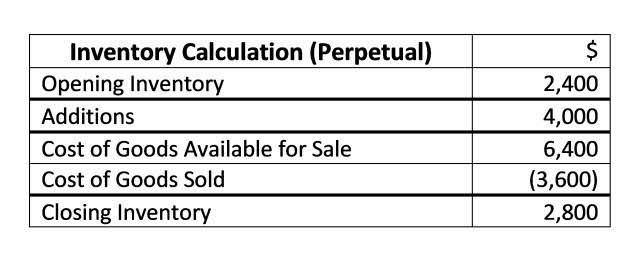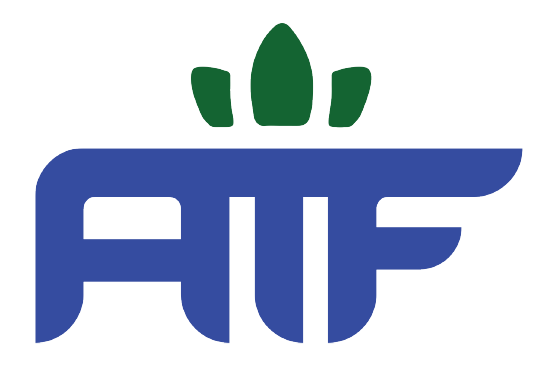![]()
The first part, operating and investment cash flow (free cash flow) is discounted at cost of equity (instead of weighted average cost of capital). The tax shield is quantified as the sum of taxes paid on interest (corporate tax rate times interest). Financial effect is the product of debt and a difference between the cost of equity and the cost of debt, it is discounted at the cost of equity.

3. Marciniak model

The last important factor is the weak development of some capital markets, for example, emerging markets. There are relatively few listed companies in Central and Eastern tax shield Europe as well as in other emerging markets. The capital market does not provide enough relevant information needed for application of market-based models.
Payout taxes and the allocation of investment

By comparing the above two options calculated, we concluded that the present value in the case of buying by taking a tax shield is lower than the lease option. If she buys the new equipment, Kelsey can make an extra $5,000 per month (that’s a lot of pies). But, Kelsey could also get a loan with a 7% interest rate, 20% down and a seven-year term. However, it also considers the potential costs of financial distress that might arise from high levels of debt, as well as other financing-related impacts like subsidies or hedging. Sandra Habiger is a Chartered Professional Accountant with a Bachelor’s Degree in Business Administration from the University of Washington. Sandra’s areas of focus include advising real estate agents, brokers, and investors.
Step 1: Calculate the Base Case NPV (Assuming All-Equity Financing)
Here, the comparable firms would be the ones having similar business risk and, thus, similar unlevered betas as the firm of interest. A tax shield is a way for individual taxpayers and corporations to reduce their taxable income. This happens through claiming allowable deductions like medical expenses, charitable donations, or mortgage interest. Since adding or removing a tax shield can be significant, many companies consider this when exploring an optimal capital structure. An optimal capital structure is a good mix of both debt and equity funding that reduces a company’s cost of capital and increases its market value.
- By taking advantage of legitimate deductions, credits, or other specific tax provisions, individuals and businesses can legally lower their taxes and retain more of their earned income.
- To calculate a tax shield, you need to know the value of your tax-deductible expenses and your own individual tax rate.
- Tax savings do not arise because the company does not pay any tax.
- We were colleagues for many years at UBS Investment Research and have a shared interest in accounting standard setting, investor education and equity analysis.
- In addition to debt value used (market versus book); it is also questionable to estimate the cost of capital (discount factor).
One way to increase cash flow is by using tax shields to reduce the net income you report to the IRS and decrease your tax owed. In this article, we’ll go over why you should use tax shields and several types you can use now. If the company estimates the present value of the debt change according to Eq. (22), the value of tax shield with a constant book leverage ratio is equal to Eq.

Financial Management from an Emerging Market Perspective

Additionally, business cards can provide valuable perks such as rewards points, cashback, and expense tracking tools, enhancing financial management and the potential to help save money in the long run. (27) expresses the value of levered company as a function of the sum of the present values of these three factors. The present value of the debt change ΔDt is important to know for estimating the value of tax shield. The value of unlevered and levered company according to Fernandez [25]. Inselbag and Kaufold [20] recommend using the Myers model if the value of debt is constant; in the case of fixed leverage, the Miles and Ezzell model is suitable.
How Can APV Be Used by Corporate Managers for Capital Budgeting?
- Let’s look at the example of an owner of a fleet of trucks whose equipment depreciated over the tax year.
- An example would be mortgage loans, which may come with a shield option for buyers as mortgage interests are deductible expenses against income.
- A tax shield is a financial strategy that allows businesses or individuals to reduce their taxable income, resulting in a lower tax liability.
- However, you can adopt certain strategies to increase or decrease your cash flow.
- It should be noted that according to their study listed companies that prefer equity financing instead of long-term debt financing.
Net present value (NPV) is the difference between the PV of the cash coming in and going out of a firm in a given period. NPV is used in capital budgeting and investment planning to analyze the profitability of an investment or project. The concept was originally added to the methodology proposed by Franco Modigliani and Merton Miller for the calculation of the weighted average cost of capital of a corporation. When a business saves money on taxes directly from paying interest on debt, this is referred to as an interest tax shield. In light of this, the debt is subsidized by tax shielding of interest. Implementing an effective tax shield strategy can help increase the total value of a business since it lowers tax liability.
Theories are based on the premise of the perfect capital market and a clearly defined corporate debt policy. In this case, the value of tax shield is equal to the tax rate multiplied by financial expenses (FE). If the value of EBIT and other income (OI) is less than the amount of financial expenses, the company does not pay corporate income tax. Nevertheless it generates the tax shield; its value is equal to corporate tax rate times EBIT plus other income according to Eq. The basic difference among MM approach, the theory of Myers and Milles-Ezzell (hereinafter ME) model is estimated riskiness of tax shield which determines its present value. MM and Myers model are characterized by the discount rate kd,2 the risk of tax savings are the same as the riskiness of debt.
- The company continuously rebalances its capital structure to achieve the fixed debt-to-equity ratio.
- If this is how you forecast, a different cost of equity will be required each period.
- (20) expresses a difference between the present value of taxes paid by unlevered and levered company.
- The value of unlevered and levered company according to Fernandez [25].
- Instead, income passes through to the owners and is taxed at their personal tax rate.
- Also the weighted average cost of capital is difficult to quantify.


Recent Comments